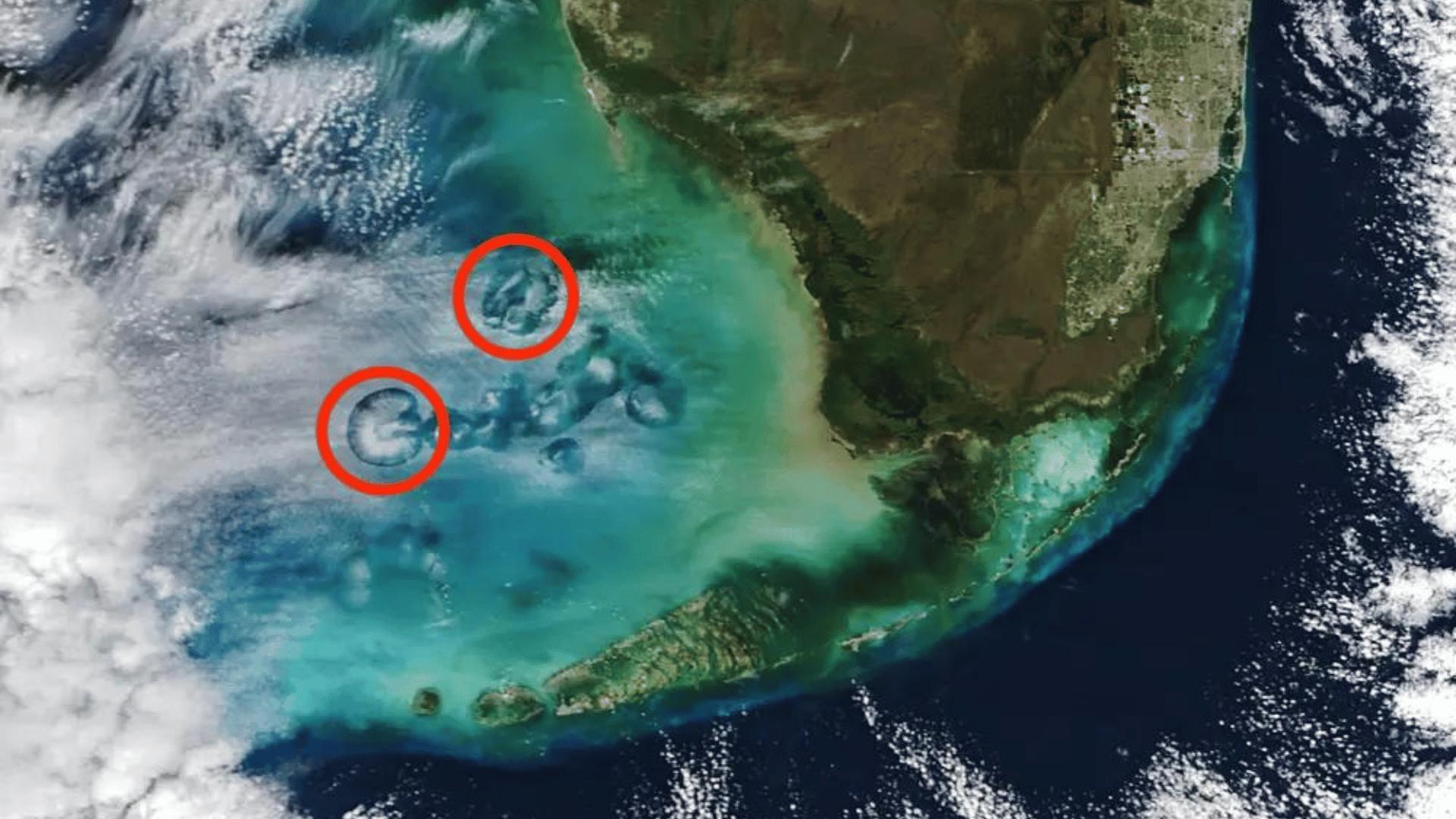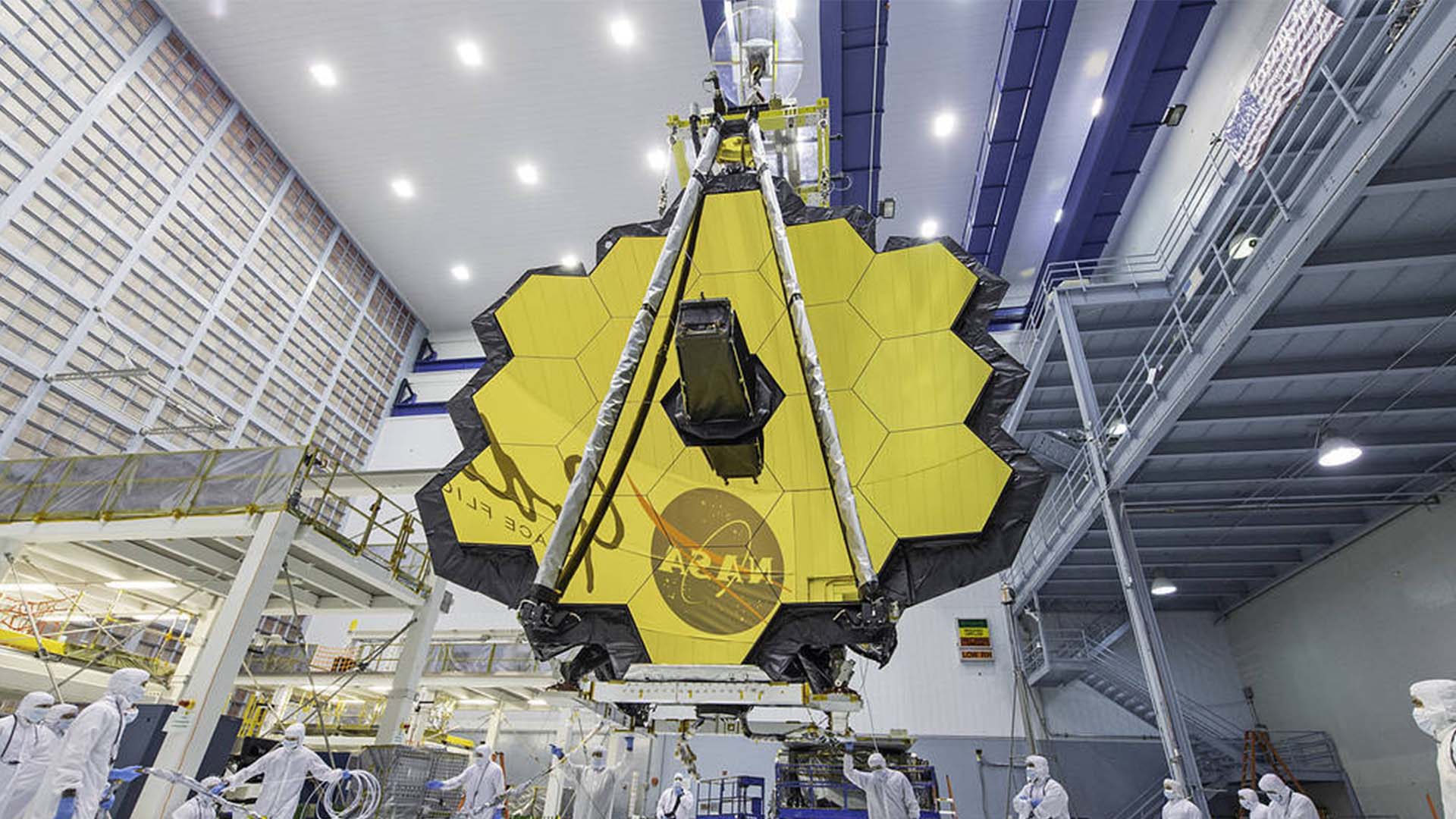A NASA satellite captured a photo of sky holes over the Gulf of Mexico. This phenomenon is called cavum clouds and, though it has a natural explanation, it has been mistaken for alien phenomena in the past.

The photos of these unique-looking clouds were captured by the Moderate Resolution Imaging Spectrometer (MODIS) on NASA’s Terra satellite as it was moving over the Gulf of Mexico.
The Terra satellite is designed to study changes in Earth’s atmosphere and the effects of climate change. Researchers have used the data acquired from the Tera satellite to track the impact of human activity and natural disasters.
Explore Tomorrow's World from your inbox
Get the latest science, technology, and sustainability content delivered to your inbox.
I understand that by providing my email address, I agree to receive emails from Tomorrow's World Today. I understand that I may opt out of receiving such communications at any time.
According to NASA, researchers have been documenting these type of clouds since the 1940s but it wasn’t until about 15 years ago that the phenomenon was finally explained by scientists.

These features are officially called cavum clouds, but they’re also sometimes nicknamed hole-punch clouds or fallstreak holes. So large they can be seen from both the ground and in space, these clouds form when airplanes fly through banks of midlevel altocumulus clouds — clouds made of “supercooled” droplets — according to a pair of studies published in 2010 and 2011 by the University Corporation for Atmospheric Research (UCAR) scientists.
“As air moves around the wings and past the propellers of airplanes, a process known as adiabatic expansion cools the water by an additional (68 degrees Fahrenheit) or more and can push liquid water droplets to the point of freezing without the help of airborne particles,” NASA said. “Ice crystals beget more ice crystals as the liquid droplets continue to freeze. The ice crystals eventually grow heavy enough that they begin to fall out of the sky, leaving a void in the cloud layer. The falling ice crystals are often visible in the center of the holes as wispy trails of precipitation that never reach the ground–features called virga.”
Researchers from NASA’s Langley Research Center discovered in 2010 that the more shallow the angle of the plane passing through the clouds, the larger the cavum left behind. Their analysis also showed that any type of plane could produce cavum clouds.
NASA’s Terra satellite captured photos of a “cluster” of cavum clouds near the west coast of Florida. According to the space agency, the more than 1,00 flights per day journeying from the Miami International Airport are a major contributor to the phenomenon.







